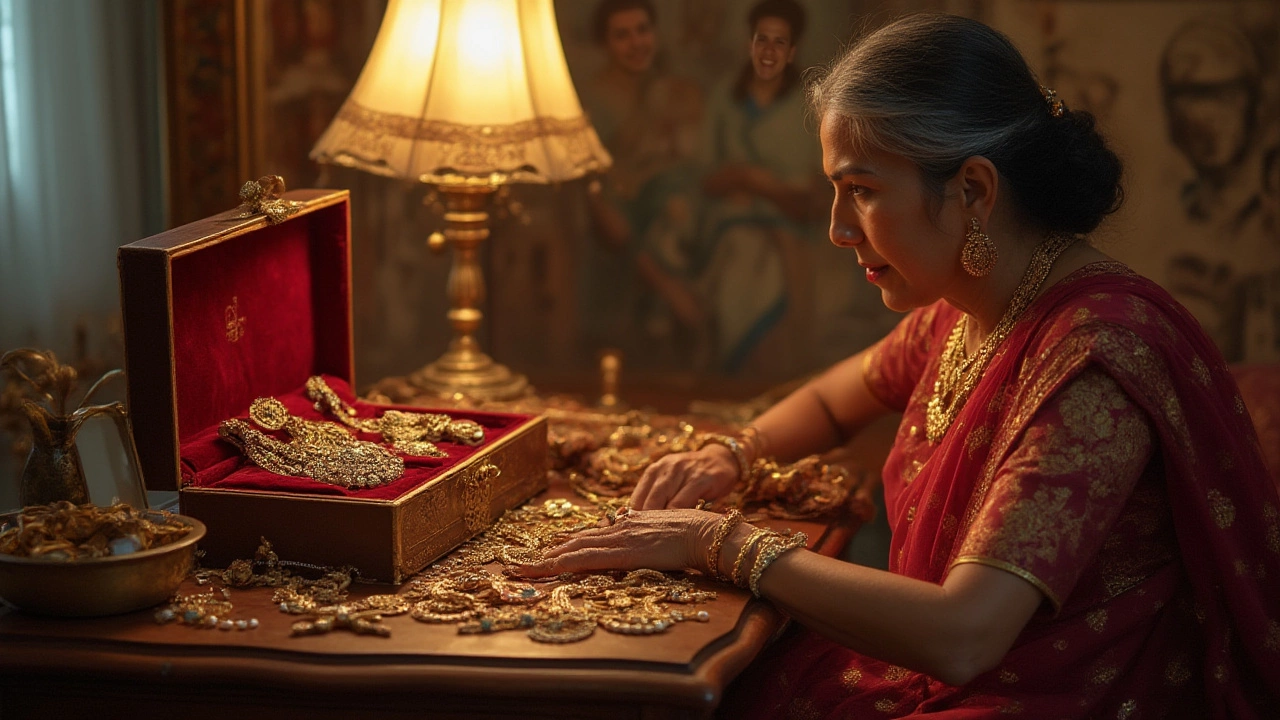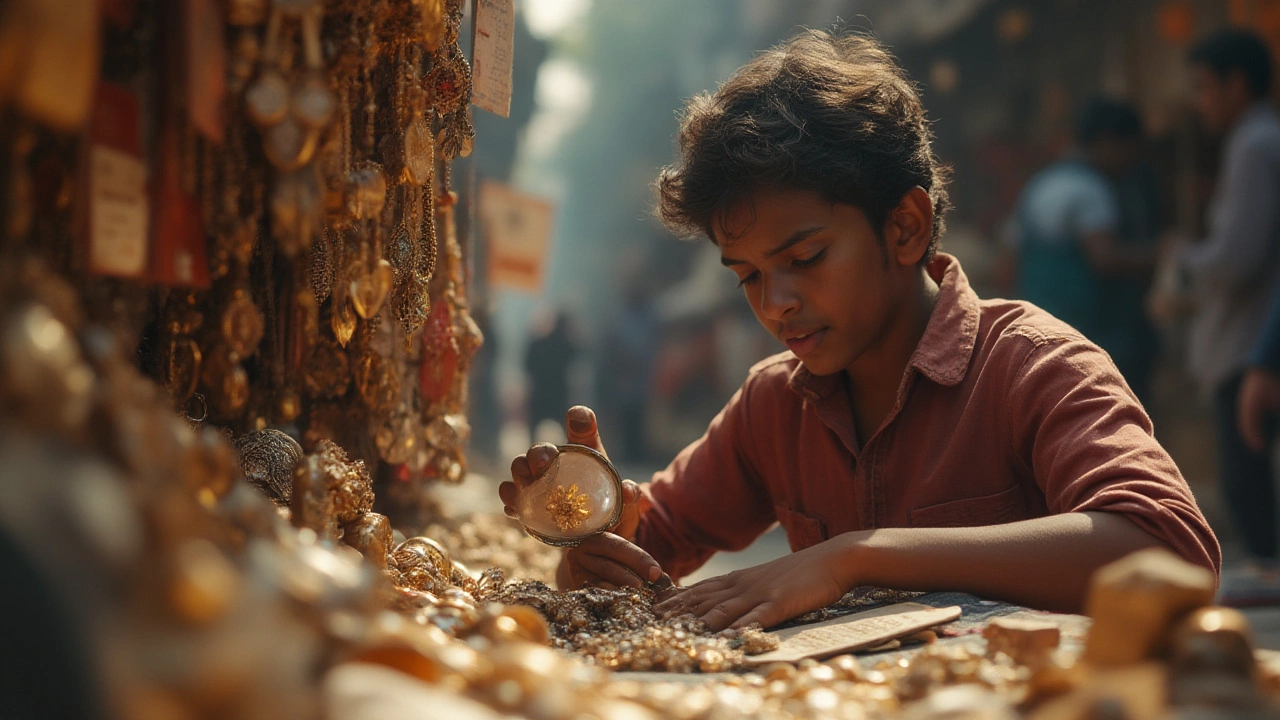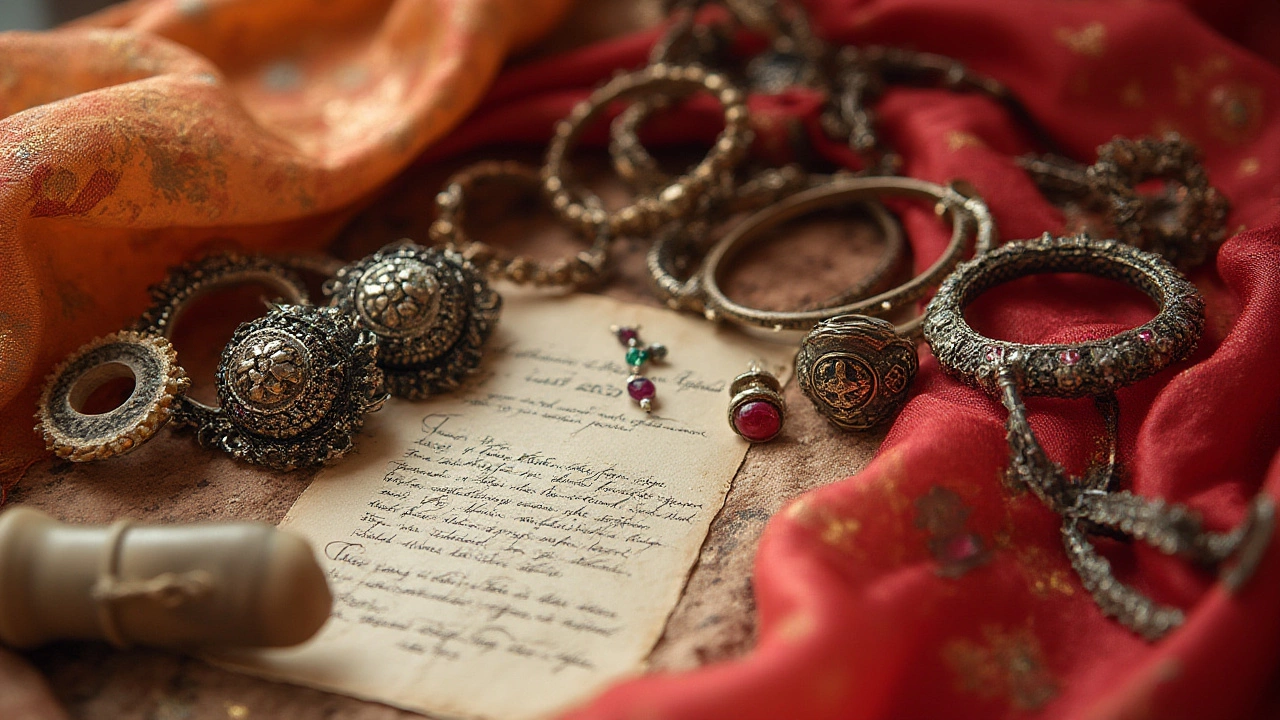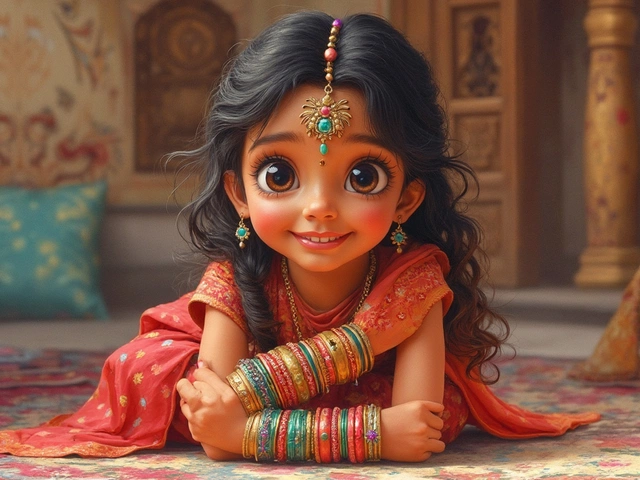
Imagine standing in front of two sparkling necklaces at an auction. Each has a unique charm: one whispers stories from a time you’ve only seen in photographs, the other dazzles with colors straight from Hollywood’s golden age. Right then, you wonder—what really sets vintage jewellery apart from antique pieces? Is it just the number on the calendar, or is there more beneath the surface? There’s mystery in each old ring and hidden value in every brooch passed down the family line. Collectors chase them, stylists swear by them, and everyone’s got at least one relative who claims they own a priceless heirloom somewhere in the attic. Let’s unpack what makes these two categories so different.
Defining Vintage and Antique Jewellery
When people talk about old jewellery, they often throw around the words “vintage” and “antique” like they’re the same thing. Spoiler: they’re not. The difference actually comes down to age, and it isn’t just some stuffy rule made up by collectors. In the jewellery world, antique jewellery has one pretty clear standard: it has to be at least 100 years old. That means if you’re holding a sapphire ring crafted in 1923 or earlier, you can officially call it antique. But if it was made in, say, the 1950s, it’s not old enough for the club. Instead, that’s where “vintage” comes in. Vintage jewellery usually refers to anything between 20 years and 99 years old.
To give this a real-world twist: jewellery born in the groovy era of the 1970s is vintage, but Art Deco earrings from 1920 are, as of 2025, antiques. Anything made after 2005 is just considered “pre-owned” or “second-hand”—not vintage yet. Fun fact: The vintage window keeps rolling forward every year, as decades pass and more pieces reach their big anniversary dates. This age standard helps sellers and buyers set prices and judge rarity. An official UK antiques law even supports the 100-year mark, especially at auctions.
But there’s more going on. The age limit is just the beginning. People use both terms to describe all kinds of heirlooms, collectables, and inherited gems. It’s easy to get lost in the blur. That’s why some sellers might stretch the vintage definition, so always double-check the true age of a “vintage” listing. There are also styles to consider—certain cuts, motifs, and material choices can point you toward one category or the other. So knowledge is power, especially when you don’t want to overpay for something that isn’t as rare as the label claims.
Periods, Styles, and Materials: What Makes Them Unique?
Each jewellery era left behind more than just a date stamp. Take antique pieces: they’re little time machines from history. You’ll see chunks of Georgian, Victorian, Edwardian, and Art Nouveau design in these pieces. The 1800s? Lots of ornate metalwork, handmade details, and gems set with old-world tools. Emblems, cameos, and bows were a big deal back then. Diamonds weren’t always perfectly shiny—old cuts had a softer glow, like candlelight instead of LED. Back then, jewellers used organic gems like pearls, coral, or even jet (Victorians loved their mourning jewellery—morbid, but true).
Vintage jewellery, on the other hand, has a style all its own. Flip open a box of mid-century treasures and you’ll spot bright colored stones, bold gold links, and fun geometric shapes. Bakelite, for example—an early plastic—was everywhere in the 1930s and ‘40s, showing how technology and fashion overlapped. By the time the ‘60s and ‘70s rolled in, costume jewellery designers went wild with size and color. My wife, Maya, actually loves these styles; she has her grandmother’s chunky, yellow-gold cocktail ring that screams ‘1975.’ It’s a classic example of how vintage pieces can be both wearable and totally unique.
Materials matter too. Early antiques were mostly handmade, before machines took over metalwork. You’ll notice hand-engraving, silver repoussé, and filigree. Platinum, a staple in the 1900s, became pricey later, so vintage makers often switched back to gold alloys or explored newer things like titanium. Gem-wise, earlier eras had more old-mine and rose-cut stones, whereas the later vintage crowd flaunted brilliant cuts, sapphires, and even synthetic gems. You can sometimes guess the age of a piece just by looking at the clasp, the setting style, or whether a pearl is real or cultured. It’s like detective work, but the reward could be a future family heirloom.

Rarity and Value: How Age Impacts Worth
You might think the older something is, the pricier it gets—but it’s not quite that simple. Demand, design, and the surviving numbers drive value just as much as age. Antique jewellery is often rarer, simply because less survives after a whole century. Wars, fashion shifts, and re-melting for precious metals mean many designs are lost forever. Those that stick around—especially in good condition—naturally fetch high prices. According to auction data from Sotheby’s and Christie’s, rare Georgian rings or Victorian mourning brooches can command anywhere from $500 to $10,000 or more, depending on provenance.
Vintage jewellery isn’t always cheap, though. Say there’s an original Cartier love bracelet from 1970—that’s a vintage classic, and collectors go nuts for them. These can outpace some antique pieces in value if they’ve got designer labels, historical signatures, or unique stones. Massive demand for Art Deco jewels has even made that era’s vintage items spike in price. Vintage also appeals to younger collectors since it often fits modern styles better and tends to be more affordable than the true antiques, making them wearable investments instead of museum pieces.
It’s worth mentioning: condition matters. Even an antique with bumps and bruises can outperform a flawless, but more common, vintage ring. Provenance—basically, the piece’s personal story—adds major value. If a ring belonged to someone famous, or there’s documentation linking it to a historic event, expect a bidding war. For those buying as an investment, check the current trends, as certain styles (like mid-century modern) are experiencing a surge in popularity.
| Type | Typical Age | Price Range (USD) | Common Materials |
|---|---|---|---|
| Antique | 100+ years | $1,000 - $20,000 | Gold, platinum, old-cut gems, pearls |
| Vintage | 20-99 years | $200 - $8,000 | Gold, silver, Bakelite, glass, modern gems |
Bottom line? Not every old thing is antique. Always check a piece’s year, maker’s marks, and get an expert’s eye when in doubt. Specialist auctions, trusted jewellers, and appraisers can help separate real worth from wishful thinking.
Tips for Identifying Vintage and Antique Jewellery
When you find a piece of old jewellery, don’t just take the seller’s word—look for proof. First thing: check for hallmarks and maker’s marks. Antique pieces have old stamps, sometimes in strange places, and those marks can tell you where, when, and sometimes by whom the piece was made. Georgian jewellery rarely had hallmarks unless it was British, while Victorian and Edwardian items usually have them. Pocket a magnifying glass—seriously, I’ve got one in my nightstand drawer because you never know when a mystery needs solving.
Next, check the construction and materials. Older, antique items may have hand-carved or hand-sawn elements. Modern solder joins tend to be cleaner and uniform—antique solders might look a little imperfect or even rough. Fastenings evolved over time too: a long pin stem on a brooch or a box clasp with a tongue suggests the late 1800s or early 1900s. For vintage, look for items made with early plastics (Bakelite, Lucite), rhinestones set with glue, or certain chain styles that were all the rage in the mid-century.
If you’re really getting into it, keep a small UV flashlight. Genuine old-cut diamonds may fluoresce under blacklight, while newer ones tend to be less reactive. Added bonus: some fakes glow weird colors. If the piece claims to be gold but has chipping or brassing underneath, it’s probably later vintage, not antique. And remember, there are always outliers, so use every clue you can.
For family heirlooms, ask questions! Your relatives may know more than you realize. Even if your grandma can’t pinpoint the year, she might remember where it was bought or in which decade it showed up at family functions. That context helps. And if you’re serious about collecting or selling? Get an official appraisal from a certified jeweller or gemologist. They’ll spot details even a seasoned hobbyist might miss.

Caring for Vintage and Antique Jewellery
If you want your jewellery to outlast another century, treat it more like a fragile book than a piece of fashion. Antique pieces are often most at risk, not just from damage but from old repairs that used materials or glues no modern jeweller would touch. Avoid ultrasonic cleaners—those buzzing boxes can literally shake stones out of their settings, especially in items over 100 years old. Stick to a soft toothbrush, mild soap, and gentle hands. If I had a dollar for every time Maya reminded me to store her rings in soft pouches, I could probably buy another Art Deco brooch by now.
Don’t let vintage jewellery soak in liquid for hours; the stones (especially old rhinestones, turquoise, or dyed pearls) may not handle it well. Keep each piece separate in its own box or bag to skip scratching and tangling. Hot weather or direct sunlight? Not great for Bakelite or certain old plastics—they’ll fade over time. And if you’re ever repairing these items, find a jeweller experienced with older pieces. Many modern repair methods can ruin the patina or even destroy the value.
Lastly, keep a little record: date received, family member, and appraisals. That way, future generations will know the story behind each piece just as much as they’ll appreciate the sparkle. After all, the real magic of these treasures isn’t just their age—it’s the lives they’ve touched along the way.


